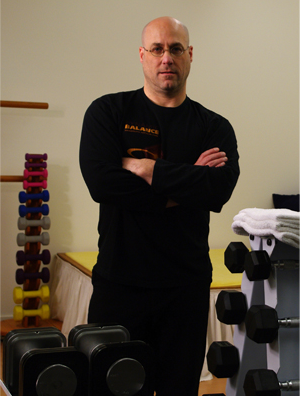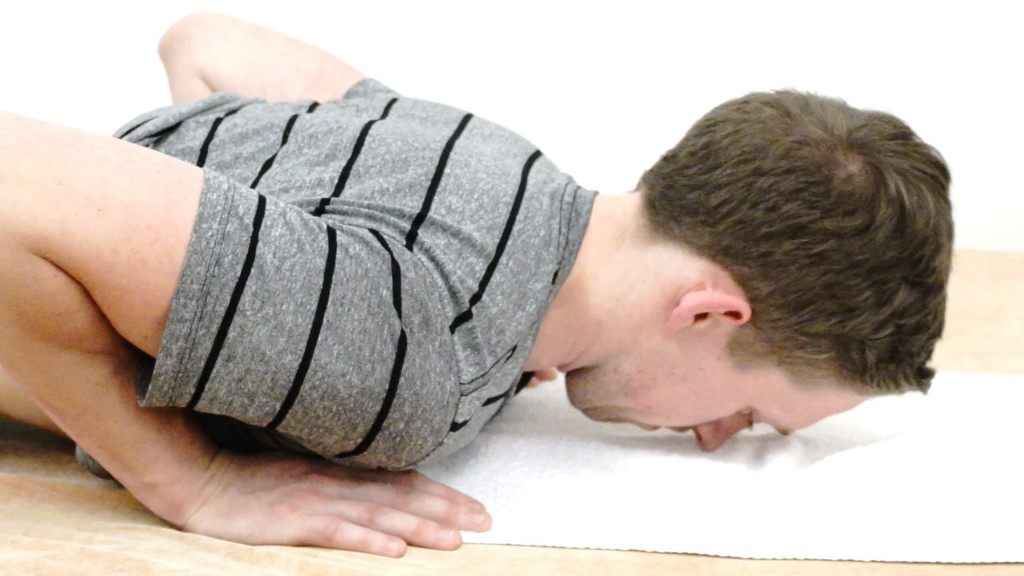If you or someone you know is suffering from Upper Cross Syndrome, we can help you fix it. Our modern world is filled with activities that cause our musculoskeletal system to deform. From driving to texting, to scrolling on social media, plenty of things cause improper posture and lead to the pain of Upper Cross Syndrome. We have a solution, though. It’s not easy and it’s not instant, but it is proven effective in fixing Upper Cross Syndrome.
Here at Dynamic Balance, we refer to this postural cause of Upper Cross Syndrome, colloquially, as “Text Neck.” It’s a quick way of describing the lack of exercise and improper posture that routinely leaves our chin on our chests and a pain in our extended necks. It causes tightness in the pectorals, upper trapezius, and levator scapulas, while the deep neck flexors, lower trapezius, and serratus anterior become weaker and weaker. That’s a fancy way of saying that, if you have Upper Cross Syndrome, your neck and shoulders are too tight in some places and too weak in others. You need to bring balance back to the forces at work and that is exactly what Dynamic Balance is all about.
“The further forward your neck falls, the more strength is required by the muscles in the back of the neck to hold your head up,” says Dynamic Balance founder Mark St. Peter. “Counteract the effects of not only Text Neck, but other ills of modern society by using our Foundation Five movement series.”
The Foundation Five is a collection of exercises that underscore and support any physical activity that you do. They are slow, methodical movements which, much like Tai Chi, should be practiced slowly, preparing you to move properly when life starts moving faster.
How does this fix Upper Cross Syndrome, though? Let’s look at our very first exercise: DB Chin-to-Throat. This motion helps stack the vertebrae of the neck and positions the weight of the head above it, eliminating most of the fight against gravity. Doing this alone will immediately provide some relief, and help you fix Upper Cross Syndrome. Practicing Chin-to-Throat will begin building the muscle strength to keep your neck in proper position and avoid pain.
There’s still more work to be done, though, especially if you want to truly fix Upper Cross Syndrome long-term. Once you know and understand how to properly practice DB Chin-to-Throat, the next step is training yourself to maintain it throughout the many motions of your daily life. This is where you can rely our Foundation Five and the other, more challenging exercises of the Dynamic Balance Basic 21.
It will take hard work and diligence on your part but if you are willing to knuckle down, we are sure that we can help you fix Upper Cross Syndrome. Call or email us today to set up a consultation.



